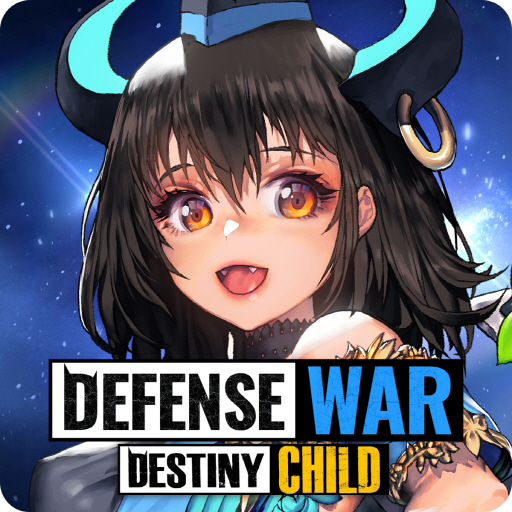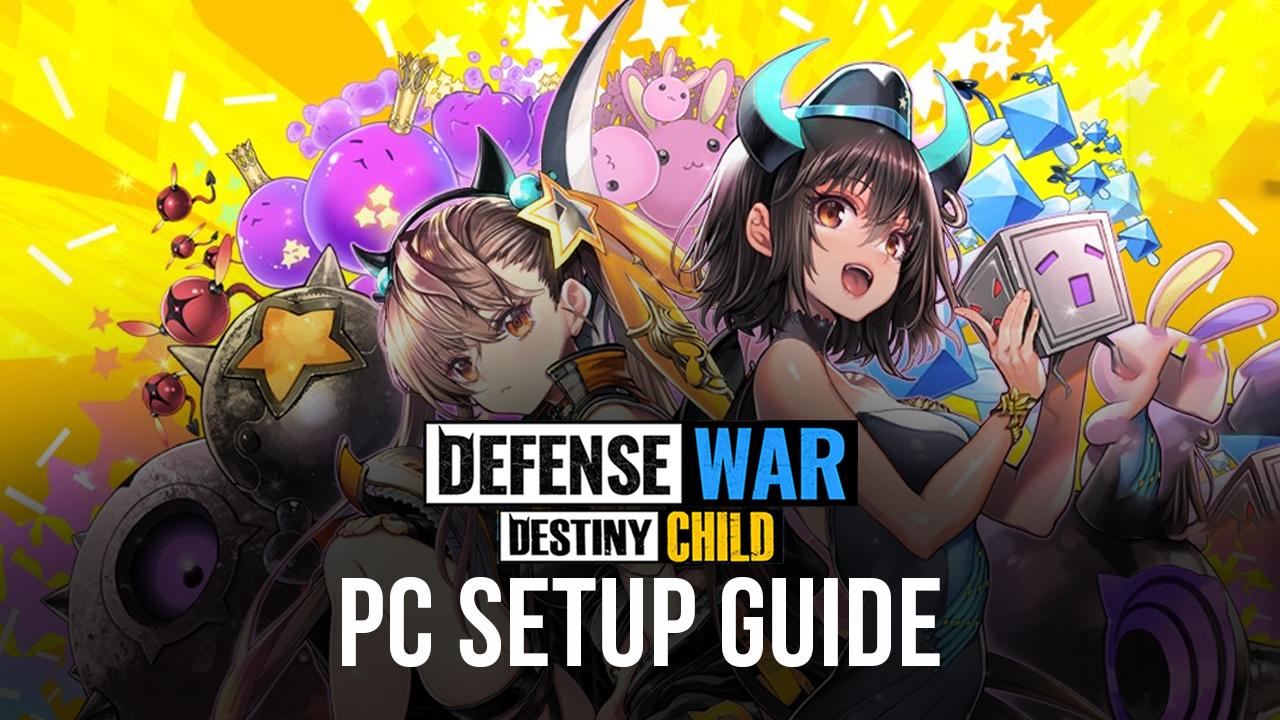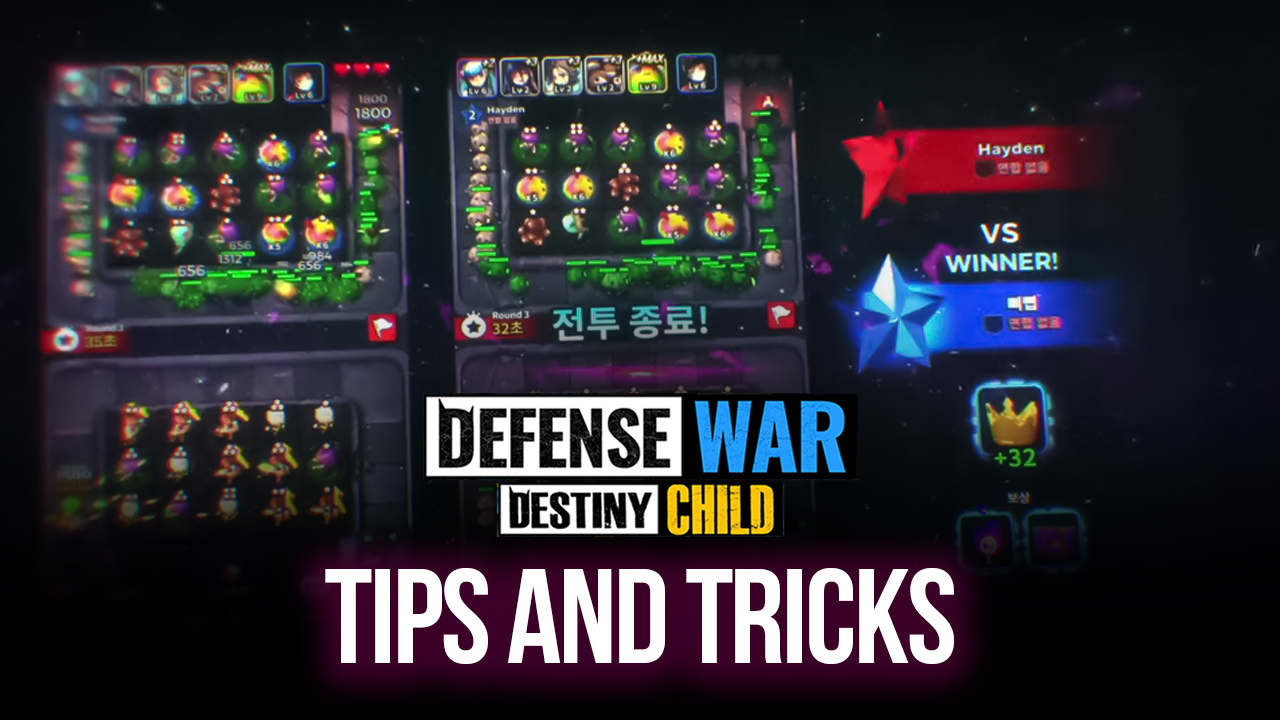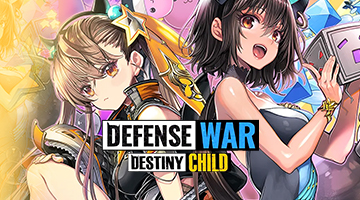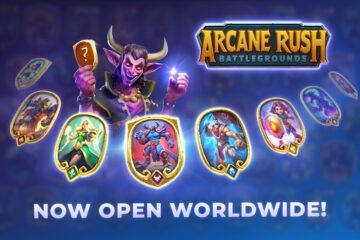Destiny Child: Defense War - Beginner’s Guide and Starter Tips and Strategies
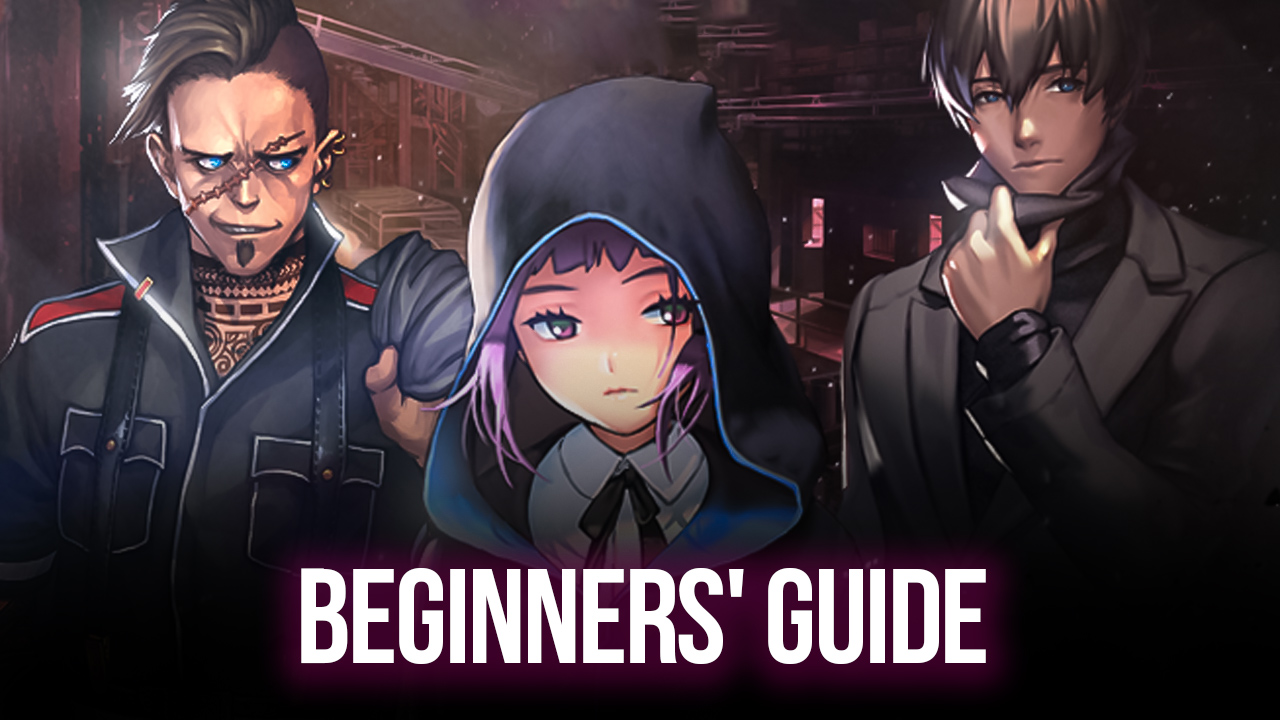
Destiny Child: Defense War released a few days ago and players can now freely download it from the play store and enjoy everything it has to offer. Unlike its predecessor, however, Defense War is a tower defense game with co-op and PvP aspects where you can collect many different “Childs” and deploy them on the field to keep your lanes safe from invading enemies. Meanwhile, you can also unlock many different Archfiend characters that serve as your group leaders who can use powerful skills to unleash powerful effects.
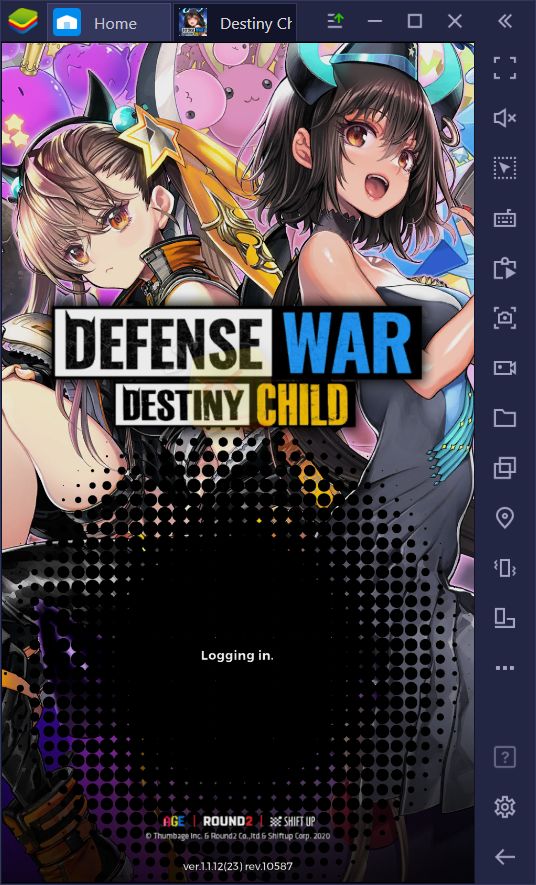
If you’re a fan of the original Destiny Child gacha game, and you’re interested in the tower defense genre, then this title is definitely for you. However, if you’re a newcomer to these types of games, you might need a bit of assistance in getting started, especially since the game can be a bit confusing at first. To this end, we wrote this beginner’s guide to discuss the basic aspects of this game and help you to get started on the right foot.
The Game Modes
Before starting your adventure, let’s learn about the basic game modes in Defense War. In this game, you’ll be spending most of your time either fighting against other players or collaborating with others to see how far you can get.
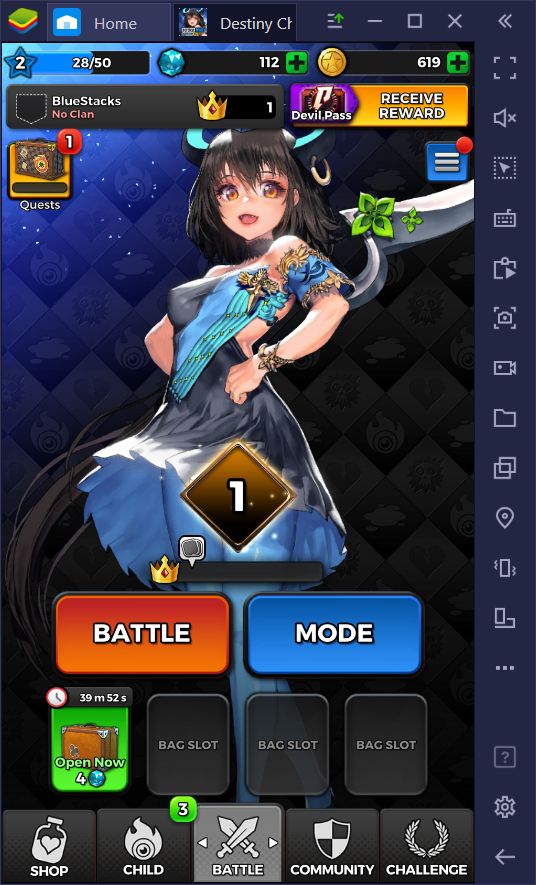
The tutorial in Destiny Child: Defense War introduces you to the former while also teaching you some of the basics. This game mode consists of competing against another player in defending lanes from oncoming enemies. Each player has their own lane and HP pool, and the first to lose all their lives will lose. Every enemy that manages to slip by and reach the end of the lane will subtract one life from the player’s HP pool. The tutorial in Destiny Child: Defense War serves as a good introduction to this mode.
However, as soon as you finish your 5 tutorial matches, you’ll be able to compete in another mode, which is the co-op feature. In this mode, you and another player share lanes and must defend against massive hordes of enemies.
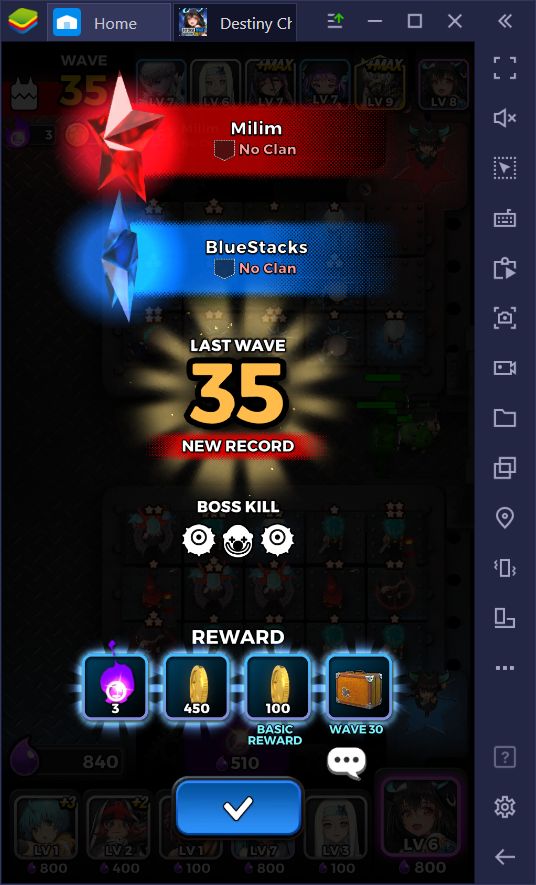
In practice, both modes are the same, though your composition and team setup might vary in the co-op mode since you’ll want more minions and Archfiends that can provide support and not just pure offensive potential.
Deploying Units and Defending Your Lane
Destiny Child: Defense War is somewhat different from other tower defense games in the sense that, instead of choosing what characters to deploy to the field, your lineup of characters will be randomized every time you decide to place a new Child on the field.
The way this works is that every deployment has a cost in Mana, a resource that you receive from defeating enemies, as well as after clearing every wave. Every time you pay the mana cost, a random Child from your lineup will pop up on your board and begin attacking the enemy. In this sense, you have no control over which characters spawn on your board which, depending on your lineup, might be either very good or very bad.
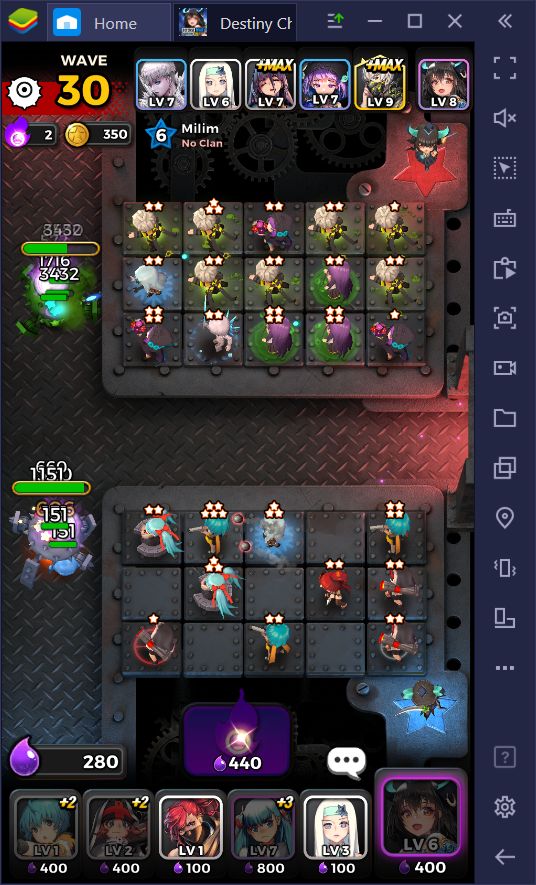
Aside from summoning new units, you can also combine your duplicate Childs of the same star level to create a unit of a higher star level. However, similar to summoning, every time you combine two Childs, the resulting unit, though of a higher star level, will also be randomized. It’s always important to consider your current formation when deciding to combine two units as the resulting Child might do more harm than good in certain circumstances.
Managing Your Lineups and Upgrading your Childs
In the “Child” menu, you’ll get an overview of all your available units in the game. You can freely customize your lineup in here, which will affect the units at your disposal in your matches. Furthermore, if you have the necessary materials, you can also upgrade your units to make their base forms stronger, giving you an edge in battle.
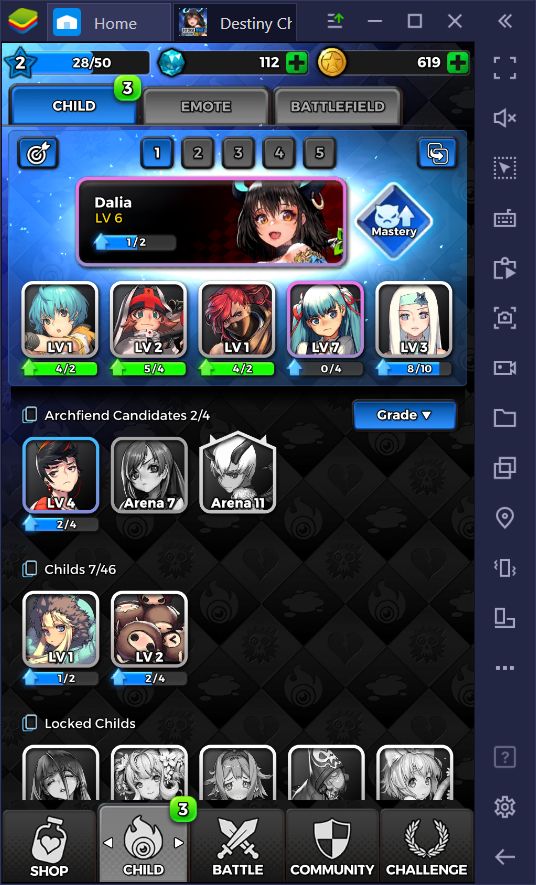
To unlock new Childs, you will need to open the chests you receive from regular gameplay. These chests can take a while to open as they require a timer to count down. However, once opened, they can contain all sorts of goodies, including gold, gems, and multiple Children or Archfiends. However, since these drops are mostly randomized, it’ll probably be a while until you can unlock the best units in the game.
Any of the duplicate Childs you receive from your chest is turned into fragments that can be used alongside gold to upgrade the units in your roster. The higher the level, the more fragments they’ll require per upgrade.
Unit Types and Focuses
There are many different types of Childs in this game, and it’s important to consider these differences when creating your lineup. This is because while some units are inherently stronger than others in sheer offensive potential, others can bring special effects to the table such as slowing or stopping enemies, or granting their allies buffs, and triggering unique passives.
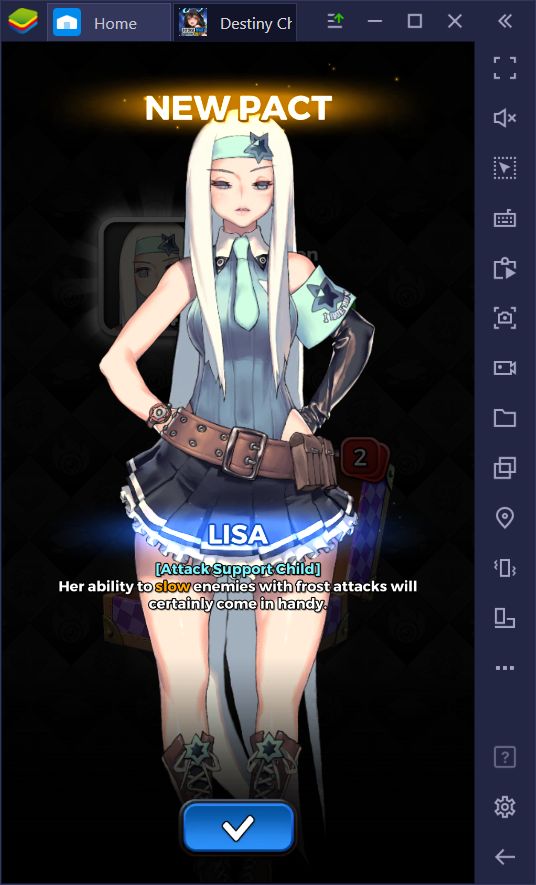
In this sense, while you’ll always want to have several attack Childs on standby in your deck, the key to victory is supplementing them with one or two support units, either to incapacitate the enemy or to provide powerful buffs. Brute force will only take you so far in this game, especially when it comes to the advanced stages where enemies become super tanky and fast.
The Different Archfiends
As we mentioned before, Archfiends serve as the leaders of your team. And while they don’t count as a unit per se, they can trigger powerful effects that will come in handy in the toughest situations. Similar to your Childs, you can unlock Archfiends either via opening chests and upgrade them in the same manner; by using duplicates and gold.
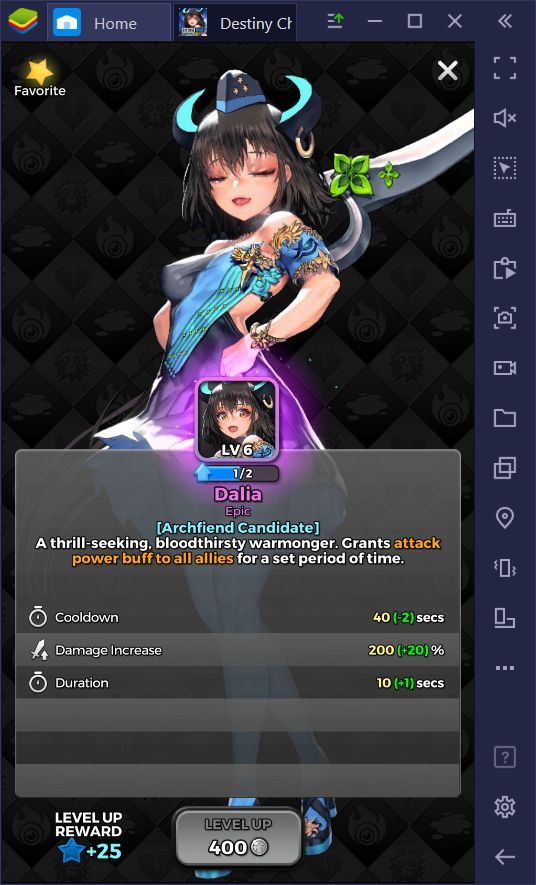
Though you can’t deploy Archfiends directly on the field, you can always use mana to activate their special effects. Your best bet is to save these for boss stages or for when you’re at risk of getting overwhelmed. Some Archfiends, however, have interesting effects that are better used on different occasions. Master, for example, can summon up to 3 random Childs on the field for a flat mana cost, which can come in handy when you’re strapped for resources and have several open slots on your board.
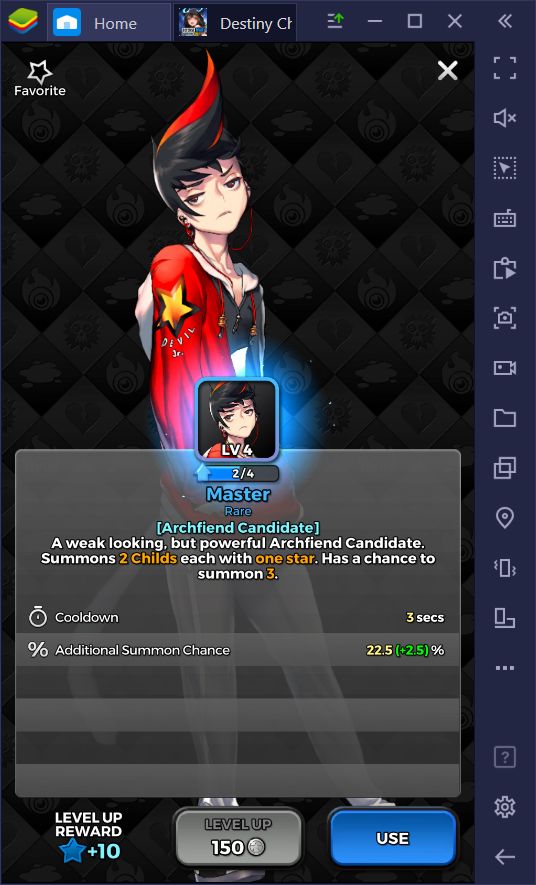
Learning about the different Archfiends and Childs (and keeping them upgraded whenever possible) is pivotal for maximizing your potential in Destiny Child: Defense War. Though things will get more complicated when you’re looking to create optimized formations, you can get started simply by upgrading your starter units and playing in co-op.
Take a look at our tips and tricks guide for this game if you want to learn more awesome pointers that will help you win your matches. Also, feel free to leave your best beginner tips and tricks in the section below to help your fellow gamers out!
